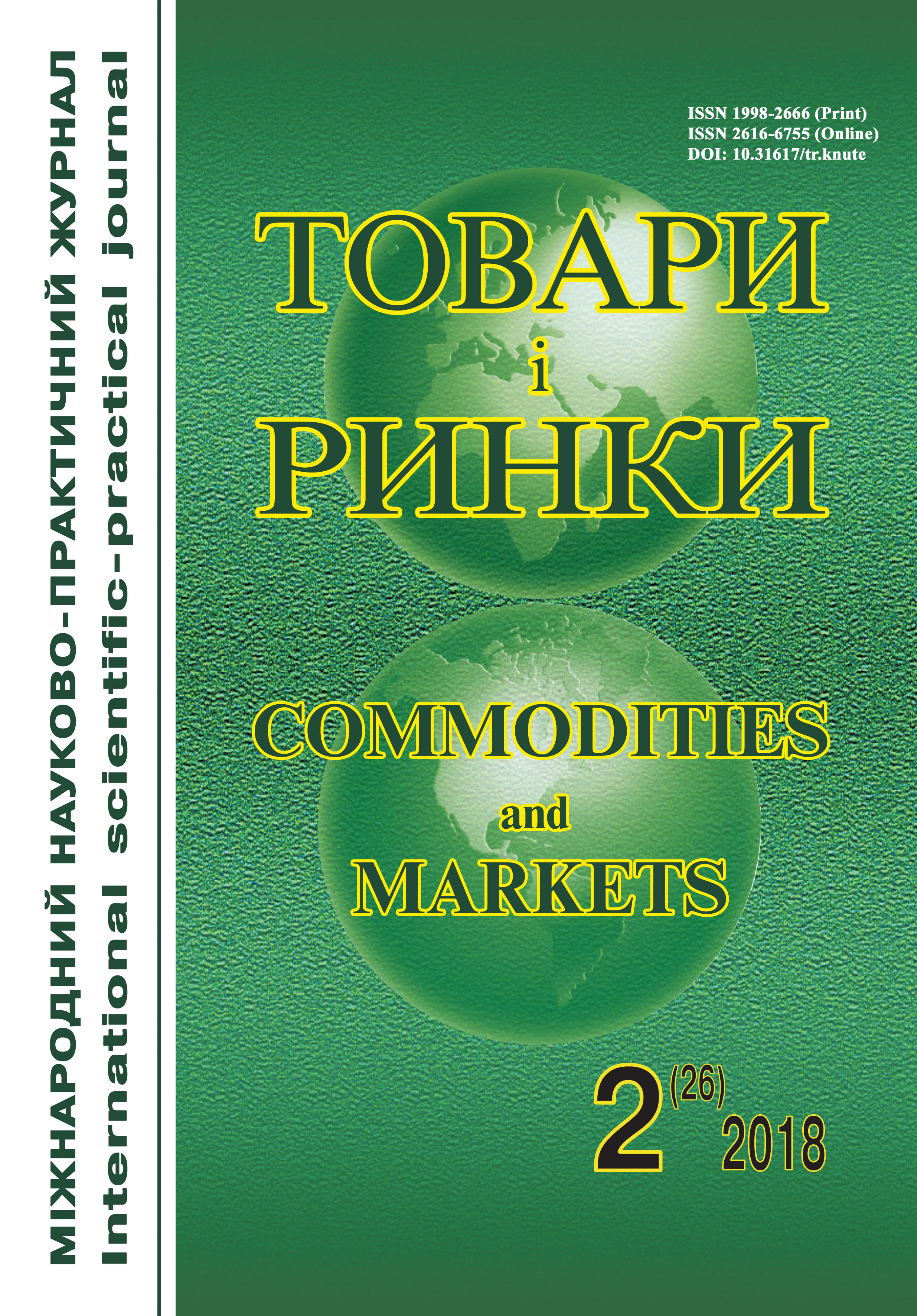Сonception of food safety management
Keywords:
HACCP, HARPC, TACCP, VACCP, food safety managementAbstract
Background. Modern global market of goods and services is only feasible with harmonized and unified approaches to safety assurance for consumers. Now in food manufacturing and distribution area HACCP is recognized universal food safety conception. But there are some difference trends and distinctions in food safety conceptions development. Thus, in USA after Food Safety Modernization Act adoption there was developed new food safety conception – HARPC (Hazard Analysis and Risk-based Preventive Controls). It is stricted in food hazards control measures. As well there are conceptions VACCP (Vulnerability Assessment Critical Control Point) and TACCP (Threat Assessment Critical Control Point), that are oriented to prevent economically-motivated adulteration and forgery and food safety threats because of terrorism and sabotage.
The aim is characteristic of most spread food safety conception and management system differences, that are targeted to mitigation of it selection to implementation by food operators.
Discussion. HARPC is introduced in the USA according signed by president in 2011 year Food Safety Modernization Act. But full implementation including HARPC was delayed till 2015 year. For Ukrainian food operators food market of USA is not priority. But the USA have large presence over the world by own services and contingents. All of them need food supplying. It could be profitable and provided by national operators if they comply with the USA food demands.
HARPC is more profound compared to HACCP. Important characteristic of HARPC is severer demands for all types of food hazards control measures not only critical control point. Also HARPC is oriented to adulteration prevention, because of adulterated food can contain non-identified and non-controlled hazards for consumers.
For HACCP future food safety system development and to fight food threats and economically motivated adulteration TACCP and VACCP conceptions were worked out.
Conclusion. Analysis of modern conceptions in food safety management area shows reinforcement of attention to food adulteration, because of uncontrolled production, ingredients and storage conditions can be hazardous to consumers health and do not comply with rules and are not under official control. Ukrainian food exporters must take into account complicity of new conceptions implementation in domestic food market and must optimize selection only of necessary for some national markets FSMS.
References
Food Safety Modernization Act (FSMA). Oficijnyj sajt Federal'noi' sluzhby kontrolju harchovyh produktiv ta likiv SShA (FDA). URL : https://www.fda.gov/Food/GuidanceRegulation/FSMA.
Tacking Food Fraud Through Food Safety Management Systems. GFSI position paper. URL : http://www.mygfsi.com/files/Technical_Documents/201805-foodfraud-technical-document-final.pdf.
Recommended international code of practice general principles of food hygiene. CAC/RCP 1-1969, Rev. 4-2003. Oficijnyj sajt Codex Alimentarius. URL : http://www.mhlw.go.jp/english/topics/importedfoods/guideline/dl/04.pdf.
HARPC Requirements. Sajt konsaltyngovoi' kompanii' FDAIMPORTS.COM. URL : https://www.harpc.com/what-is-harpc.
Wareing Р., Hines T. Knowing your HACCP from your TACCP and VACCP. A Leatherhead Food Research White Paper 24. URL : https://www.leatherheadfood.com/files/2016/08/White-Paper-Knowing-your-HACCP-from-your-TACCP-and-VACCPFINAL1.0.pdf.
Magazine. February, 2016. URL : https://www.foodengineeringmag.com/articles/95205-vaccp-haccp-for-vulnerability-assessments.



